A Cable Hall of Fame Class That’s More Than Pretty, Pretty Good
‘Curb Your Enthusiasm,’ five luminaries to be honored at April 27 New York gala
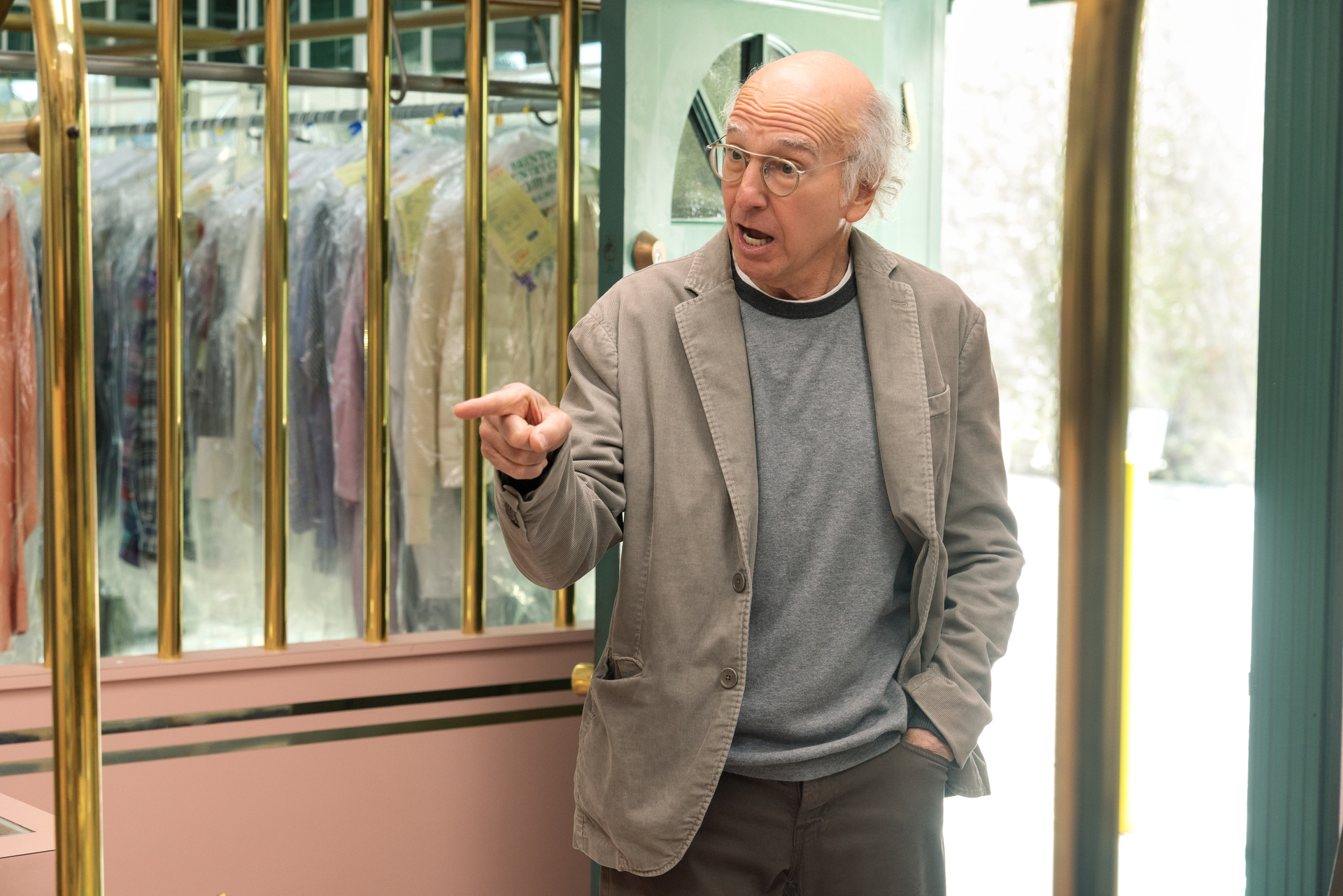
A quintet of cable industry leaders and an acclaimed and iconic TV comedy — HBO’s Curb Your Enthusiasm — will be honored in New York on April 27 as members of the 2023 Cable Hall of Fame.
The 2023 class of honorees are among 153 luminaries who’ve been inducted into the Cable Hall of Fame since 1998 and were selected for their groundbreaking innovation and entrepreneurship in the connectivity, content and media industry. They’ll be inducted at the 26th annual Hall of Fame ceremony, set for the Ziegfeld Ballroom in midtown Manhattan.
“The members of our 2023 Cable Hall of Fame class reflect all cornerstones of our industry and are true trailblazers in their field,” Michael Willner, president and CEO of Penthera Partners and chairman of the Syndeo Institute at The Cable Center’s executive committee, said in a statement. “I am looking forward to gathering with our industry friends again this April to welcome them to the Cable Hall of Fame.”
Added Syndeo Institute at The Cable Center president and CEO Diane Christman: “This year’s Cable Hall of Fame inductees are some of the ‘best of the best,’ and we are thrilled to honor them at our celebration at the Ziegfeld Ballroom this April.”
For more information on the 26th annual Cable Hall of Fame ceremony or to register, please click here.
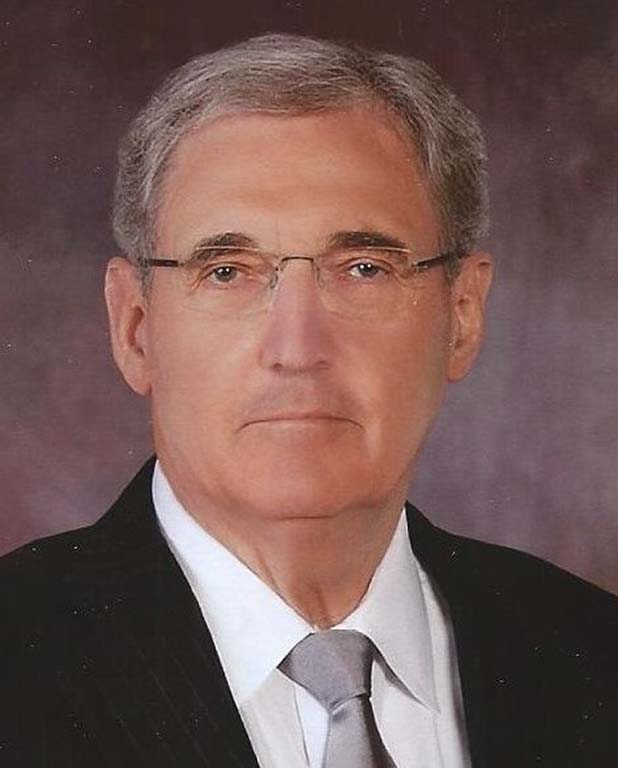
Bresnan Award Recipient
David Van Valkenburg
Former CEO/COO, Telewest PLC (U.K.)
With a lifelong dedication to serving others, David Van Valkenburg is known as a humble and ethical man and a fair, straight-shooting boss — a natural recipient of the 2023 Bresnan Ethics in Business Award. He attributes his belief in people to both his religious upbringing and to growing up as the eldest of seven sons on a family dairy farm in Michigan, where he learned the importance of treating suppliers and others fairly. He has carried those principles with him throughout his career, unfailingly treating customers and employees with respect.
Multichannel Newsletter
The smarter way to stay on top of the multichannel video marketplace. Sign up below.
Van Valkenburg began his cable career with American Television and Communications (ATC) in 1973, when he was hired as a management trainee in the company’s Moraga, California, system. He quickly became GM and regional manager and got a first-hand understanding of customers and their needs. Van Valkenburg went on to senior executive positions with ATC, United Cable, Cox Communications, Paragon Cable and MultiVision. As a senior executive, he supported annual customer satisfaction and employee opinion surveys which frequently resulted in improved customer-facing employee training and more customer-friendly practices and policies.
In 1997, he joined Telewest in the U.K. as CEO/chief operating officer, arriving when the company was in serious financial straits. Soon after he started, he had to lay off 25% of the workforce — about 2,000 people. He visited every office in England and Scotland to deliver the news, a compassionate approach that employees appreciated. Van Valkenburg instituted the integration of all service functions among video, data and voice products, and created competitively priced, customer-friendly product bundles. Within two years, Telewest was listed on the London Stock Exchange and FTSE 100 and recognized by J.D. Power for customer service.
In addition to time with his family, Van Valkenburg volunteers with the Evangelical Presbyterian Church’s World Mission Board, interviewing prospective missionaries and annually providing feedback to existing missionaries based on personal and supervisor evaluations. Over the last 12 years, he and his wife, Doris, have visited missionaries in 25 countries in South America, Africa, Europe and Asia. With his local church group, he has arranged the drilling of more than 40 wells averaging 500 feet deep in the Ghanaian bush. Access to clean water from these wells meant that people, especially the women who are traditionally responsible for the chore, no longer needed to obtain polluted water from swamps and muddy streams.
Van Valkenburg advises the industry’s future leaders to get to know their customers and employees. “Know the people who are making the business happen every day and the customers who are paying the bill,“ he said. “Make sure employees are recognized for what they do.“ He often notes that he tries to practice the Platinum Rule: “Do unto others as they would have done unto them. Focus on those with whom you work as unique individuals.”
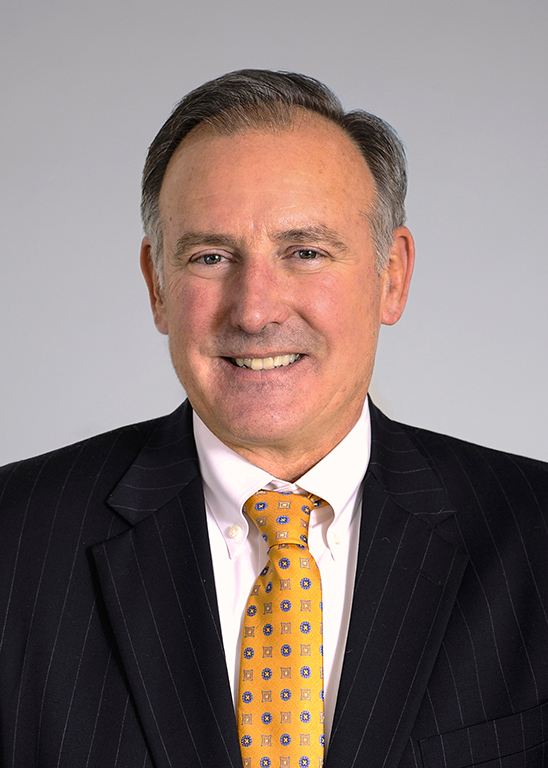
Tom E. Adams
Former Executive VP, Field Operations
Charter Communications
A career in cable was not on Tom Adams’s radar when he was starting out. The only child of a widowed mother with limited resources, Adams started working construction jobs in Binghamton, New York, at age 14. After earning a bachelor of science in engineering from Florida International University, he interviewed with a couple of big engineering firms. “I wasn’t really thrilled about either of them,” he recalled.
Broke and looking for a way to “put gas in the car and go to happy hour,” Adams headed home. He ran into a cousin who worked for the local cable company, NewChannels, as it was changing out scramblers for HBO. “He offered to put in a good word for me, and they hired me to do this simple task,” Adams says.
The boss, Jim Streevy, took a liking to Adams and asked him to lead another project when the first one was done. This time, the mission was grounding cable drops. In 1977, he said, “cable was in its infancy and there were limited standards.” Adams and his crew had to check thousands of drops and get them into compliance with the National Electrical Safety Code.
The spirit Adams found among his fellow employees was contagious. “The enjoyment you saw in their eyes when they went to work … it wasn’t work,“ he recalled. “I thought, ‘There might be a future here for me.’” After a few more technical and construction assignments, Adams entered the NewChannels management training program. System management positions followed, and he led the deployments of Primestar and home security products.
In 1995, NewChannels merged with Time Warner Cable, which had just started to venture into broadband. Adams’s system in Elmira, New York, became a beta test market for two-way service. “We gave customers storage so they could create their own websites, and people went gaga,” he recalls. Despite some dismay that the first content his customers created was naked photos of themselves, he says introducing broadband was one of the highlights of his career.
Adams rose to executive leadership positions at TWC, moving his family around the country as he progressed. “They made a lot of sacrifices,” he says. He was regional VP of operations serving more than 550,000 Wisconsin customers when former colleagues Tom Rutledge and John Bickham asked him in 2012 to help grow Charter Communications into a great company.
When Charter merged with TWC and Bright House Networks in 2016, Adams became deeply involved in the largest U.S. cable systems integration in history. He went on to lead field operations for Charter before retiring at the end of 2022.
He takes special pride in the role he played in developing people and their potential. “Cable is the greatest industry in the world, and it’s going to continue to thrive,” he said. “To do that it’ll take a lot of talented people. You have to invest in people and training.”
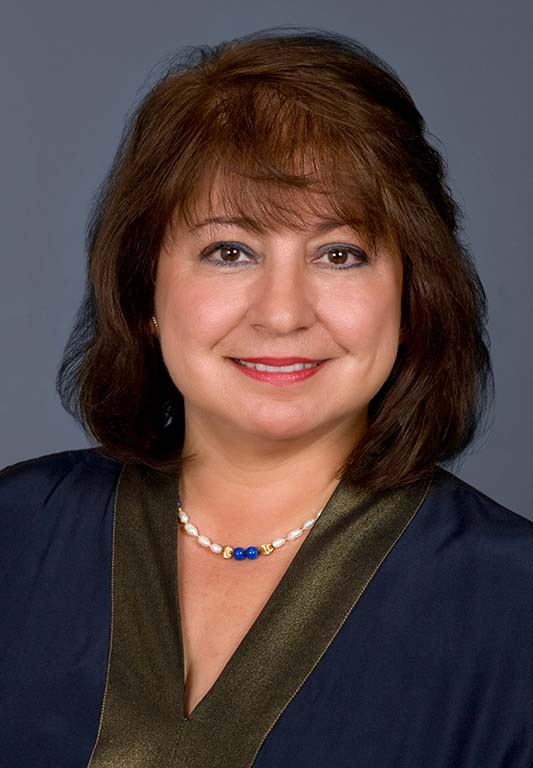
Italia Commisso Weinand
Executive VP, Programming and Human Resources
Mediacom Communications
After a seasick voyage from Italy on the Cristoforo Colombo, 8-year-old Italia Commisso Weinand arrived in New York with her family. Although she didn’t speak a word of English, she made friends quickly and was fluent in her new language within six months. Her parents kept close tabs on their outgoing daughter, so when she was 11, she jumped at the chance to work at her eldest brother’s pizzeria. “That was freedom,” she recalls. She has been enthusiastic about work and helping others ever since.
Commisso Weinand hoped to become a clothing designer. Although she was accepted at the Fashion Institute of Technology, her parents wouldn’t allow her to commute from the Bronx to Manhattan’s Garment District. She managed to feed her interest in fashion with a job at Gimbels department store where she discovered her talent for sales and customer service. “At 18, working three hours a day, I was making better money than the full-time ladies,” she says.
Raised in a Catholic home, she attended Fordham University, where her social consciousness was elevated as she assisted a group of Jesuit priests educating minorities in the South Bronx. Commisso Weinand fully embraced the Jesuit philosophy that education is a force for social change. Her father, Giuseppe, had instilled a similar philosophy. Having lost her dad at the age of 17, she found him again in these men of the cloth who dreamed of a better world. She calls this her “finishing school.”
After Fordham, Commisso Weinand landed a customer service job at Manhattan Cable. There she fell in love with the young industry, learning the business from the ground up. She rose through the ranks over 19 years with Time Warner, Times Mirror Cable, TCI, and Comcast, where she turned around a struggling New Jersey system.
In 1995, her brother, Rocco Commisso, then chief financial officer of Cablevision Industries, planned to start a new cable company. He needed an operations expert and convinced his sister to join him as co-founder and operations VP of Mediacom Communications. The plan was for Commisso Weinand to work from home three days a week — an appealing proposition for a mother of a 3-year-old son who was deaf. Before long, part-time work became more than full-time, with regular flights from New York to Mediacom’s first cable system in Ridgecrest, California, on top of demanding family obligations. “I got tested a lot,” she said.
Commisso Weinand has said her superpower is empathy. That compassion inspires loyalty from Mediacom employees — she makes a point of spending time with those dealing with significant personal challenges. As an active member of WICT, she has worked to build pay parity for employees and instituted a long-standing commitment to diversity.
She advises future industry leaders to focus on the people who work for them. An avid gardener, Commisso Weinand said: “If I don’t pay attention to my garden, it goes haywire. Life is a garden and people are the fruits of that labor.”

‘Curb Your Enthusiasm’
HBO
“Imitation isn’t the sincerest form of flattery; jealousy is,” according to Jeff Schaffer, producer and showrunner of Curb Your Enthusiasm. For more than 20 years, Larry David’s creation has been making entertainment professionals jealous with its uniquely skewed view of the daily annoyances of everyday social life.
Fresh from the nine-season run of his hit Seinfeld on NBC, David recalled: “I had an office at Castle Rock [Entertainment], who were the producers of Seinfeld, and Jeff Garlin was next door. Jeff said to me, ’What are you gonna do now?’ And I said, ‘You know, I'm thinking about going back to standup. I haven't done it in 10 years.’ And he said, ‘You should film it.’ ” David proposed a mockumentary-style special for HBO combining his standup performance with invented background scenes of the routine hassles involved in preparing for the show. The “day in the life” material became the focus of the 1999 special and then the basis for Curb Your Enthusiasm, which debuted in 2000.
Curb could only have come into being on premium cable. The show is a hybrid of carefully constructed plot and almost completely improvised dialogue — an approach unheard of on network television. “Larry wanted to do all the stories he couldn’t do on NBC,” Schaffer said. “HBO gave him the freedom to do what he wanted. They do a great job of letting the artist achieve his vision.”
The show presents a fictionalized version of the curmudgeonly David’s day-to-day life in Los Angeles at home, at work and around town, where he regularly runs afoul of conventional social norms and falls victim to elaborate misunderstandings.
“The show’s a hybrid,” Schaffer said. “It’s structure, structure, structure, then improv on top. We tell the actors, ‘You can’t make a mistake. We’re gonna play with the scene until we like it.’ The improv feels real because people are really listening to each other. They don’t know what the other person’s going to say. And you get all this great stuff that you weren’t expecting.” The approach works as effectively with regular cast members Garlin, Cheryl Hines, Susie Essman, and J.B. Smoove as it does with a virtual Who’s Who of celebrity guest stars.
Schaffer believes audiences love the wish-fulfillment they find in Curb Your Enthusiasm — its characters’ ability to say things they imagine saying in similar infuriating situations. He said that goes for David as well. “If real Larry said all the things TV Larry does, real Larry would be in jail,“ Schaffer said. “He aptly said this year, ‘I’m coming back because I’ve realized it’s much more fun to play Larry David than it is to be Larry David.’ ”
Schaffer said he and David aren’t inclined to think about legacy. “We never sit back and reflect,” he says. With a new season of Curb Your Enthusiasm in production, he said, “I’m very proud of how funny it is, that it still manages to shock and surprise people, be culturally relevant, say things about right now, and say things that are universal.”
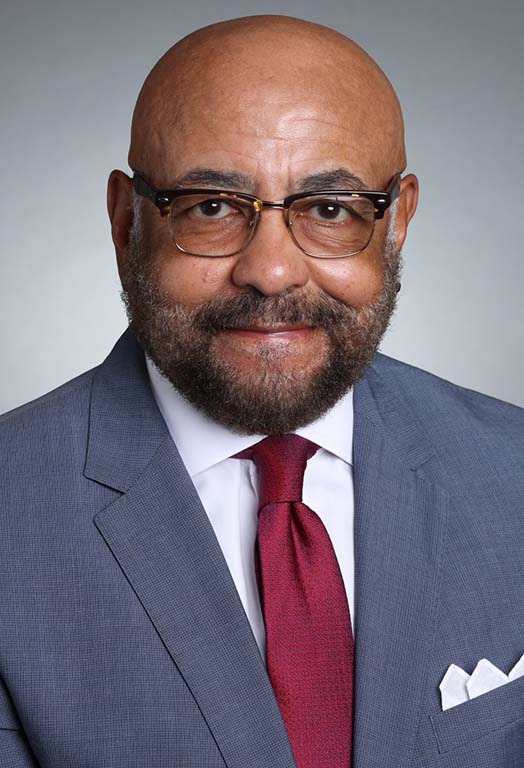
Douglas V. Holloway
President, Homewood Media
Growing up in the Homewood neighborhood of Pittsburgh, Doug Holloway remembers good friends and a large, close-knit family. In 1964, Holloway and his friends were bused from their Black neighborhood to school in an upper-middle-class white part of town. “The kids were pretty accepting of us,” he recalled, but faculty and administrators were another story. “We had to eat lunch in a dingy room next to the school’s boiler room. When we went outside for recess, we weren’t allowed to interact with the local kids.” High school was worse, and the kids were violent. Nevertheless, he said, “we endured, and we prevailed.”
Holloway got the television bug at age 4, when he appeared on Romper Room, a local children’s show. He studied journalism at Northeastern University and then transferred to Emerson College’s television production program. At a news-writing job with a Boston radio station, the Black general manager advised him to create a 20-year career plan. (He later shared that advice with his two sons, who followed his path into the entertainment business.)
Holloway’s long-term goal was to run a television company. After earning an MBA in finance and marketing from Columbia and a marketing job with General Foods, he joined the strategic planning group at CBS in 1979. Each member of the group had to pick an area of focus. “I was the least senior person in the room, so I got stuck with new technology — cable, subscription TV, satellite delivery.” That led to work as part of the four-person affiliate relations team who launched CBS Cable. Holloway spent weeks on the road visiting cable systems in more than 30 states. He found cable “new and exciting. The [broadcast] network was stodgy and stuck in the old ways — a very closed old boys’ club.” Although CBS offered him a job with the network when CBS Cable was shuttered, he stuck to his plan. Along the way, he co-founded the organization now known as the National Association for Multi-Ethnicity in Communications.
In 1983 Kay Koplovitz hired him to help create USA Network’s affiliate-relations department. Over the next 21 years, Holloway helped USA become a cable success story. He was also deeply involved with the industry’s marketing organization, CTAM, serving as board chair and becoming its longest-tenured board member. Holloway was named USA’s president of affiliate relations in 2004, achieving the goal of his original 20-year plan. Still in his 40s, his new plan “was to diversify my skill set and join more boards of companies.”
When NBC purchased USA Networks in 2004, Holloway was named president of cable investments, managing joint venture companies. Sitting on the boards of these companies fit right into his new plan. In 2011, he became president of multichannel distribution at ION Media Networks.
Holloway’s current venture, Homewood Media, is named to pay homage to the community that shaped him. The organization created two urban-focused, multicultural services, URBN-TV and UKW Media, that stream on Roku and Vizio smart TVs, with plans to expand to more platforms.
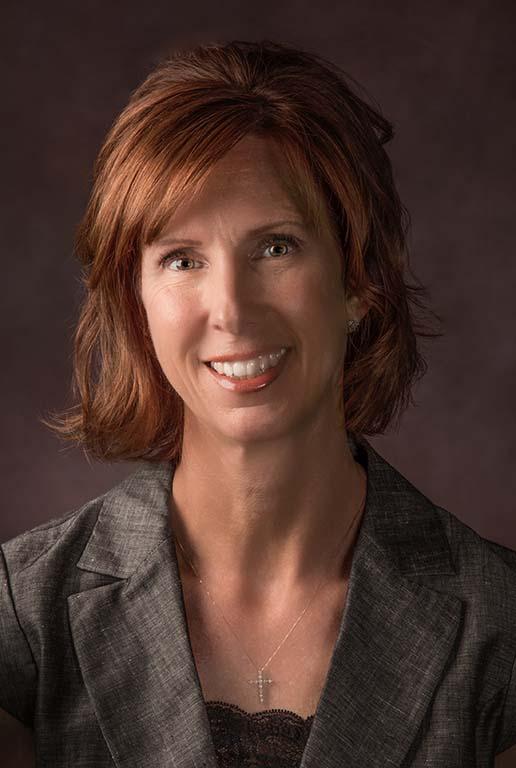
Julie M. Laulis
Chair of the Board, President and CEO
Cable One
When Tom Might first asked her to succeed him as CEO of CableOne in 2017, Julie Laulis said no. Although she had been successfully running operations as president and chief operating officer for several years, she had never envisioned herself focusing externally on investors and bankers more than on running the business. “I was afraid I wouldn’t live up to the position,” she said. She talked to her husband, John, who told her she had to take the job to set an example for their daughter. Then she talked to her team. “I said, ‘I’m going to do this because I think it’s best for all of us to have someone you know rather than an outside hire, but we have to understand that we’re all in this together.” Laulis then steeped herself in other companies’ annual reports and cold-called CEOs she admired to ask for guidance.
Laulis’s strong sense of responsibility goes way back. The eldest child of a nurse and an army colonel at the Pentagon, she was a latch-key kid in charge of her three younger brothers — one of whom was blind and mentally disabled — when her parents were at work. As a business student at Indiana University, she switched from microeconomics to a telecom program with a cable television focus that appealed to her. “It was a new industry, so I figured a woman would have a chance,” she recalls. When she graduated, the marketing VP of Arlington Cable Partners offered her a $4.25/hour job as a CSR. Within a week, she was promoted to CSR supervisor.
From there, she went on to increasingly responsible marketing positions with Jones Intercable. At the company’s Alexandria, Virginia, system in the 1990s, she was instrumental in early forays into telephone and internet service and responded to an overbuild threat from Bell Atlantic.
When Jones Intercable was sold in 1999, Laulis moved to Phoenix with her young family to lead marketing for Cable One’s Norwest division. She was promoted to division VP of operations after a year, and CEO Might offered to send her to Harvard for an Executive MBA. With a 5-year-old and a 3-year-old to raise, her husband offered to put his growing career on pause so she could pursue the 10-week program. “I couldn’t do what I’m doing if John wasn’t doing what he does.” Today, she said, both her daughter and son “believe they can do anything.”
Whenever she can, Laulis still tries to spend time in the field with Cable One associates, encouraging them to think big. “If a CSR can become CEO, you can do whatever you want,” she tells them. “I’ve gotten more opportunities than a person should ever expect. I’ve been exposed to some of the greatest role models. Talent is everywhere, but opportunities — not necessarily. How can we create more opportunities where people can display their talent?”
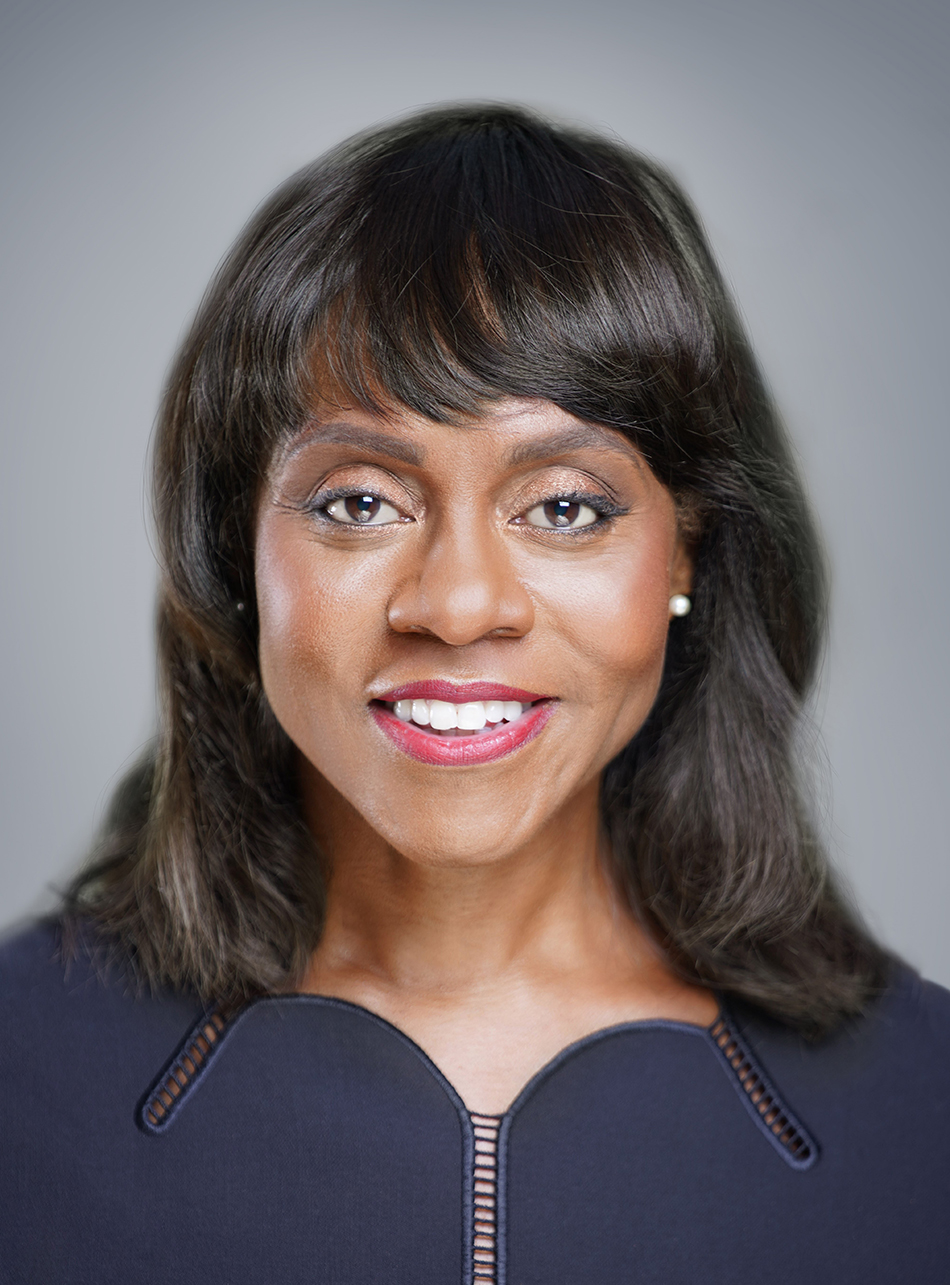
Wonya Lucas
President and CEO
Hallmark Media
A friend once told Wonya Lucas that data is her love language. The characterization tickles her, and she doesn’t dispute it. Her impressive cable programming career is a testament to the value of understanding and acting on the data about your audience and what they care about.
As a child, Lucas enjoyed performing, but liked the sense of discovery she found in science. Growing up in a baseball-loving family — her father, Bill Lucas, was general manager of the Atlanta Braves, and her uncle was the legendary Hank Aaron — she enjoyed discussing the Braves lineup and player strengths and weaknesses with her dad. Those conversations contributed greatly to her belief in the importance of being a team player.
With a bachelor of sciene in industrial and systems engineering from the Georgia Institute of Technology, she worked as a sales engineer with Westinghouse for several years before deciding to pursue an MBA. While studying finance and marketing at Wharton, Lucas became intrigued with the entertainment industry. “I didn’t know you could be in the entertainment business until I went to Wharton,” she said. After an internship with Turner Broadcasting, she went to Los Angeles to find a job. Two attractive offers came her way: one from Clorox and the other from an entertainment company. “The people at Clorox said, ‘Come here and get good brand management experience. You can go into entertainment later, but what you can’t do is go into entertainment and then come back to a place like this,’ ”Lucas recalled. “I went to Clorox and they were right.”
A brand management job at Coca-Cola followed, and then Lucas contacted Julia Sprunt, her former boss at Turner, to see about returning. “I was an anomaly,” she says. “Julia set up 37 first interviews for me, and nobody would hire me because I was this MBA working at Coca-Cola.” Then-Turner CEO Terry McGuirk and Sprunt created a corporate marketing manager position for Lucas. Later, as a VP of marketing at TNT, writing a strategic plan for every department earned her a seat at the Turner leadership table. Named senior of marketing and research at CNN, she focused intently on listening to consumers, giving some employees T-shirts that said, “You are not the target audience.”
After that, Lucas’s star kept rising at The Weather Channel, Discovery Communications, TV One and in public broadcasting. Throughout her career, work-life balance and time with her daughters was non-negotiable. “I always made sure I worked for family-friendly bosses who knew my family was a priority,“ she said.
In 2020, she was offered the top job at Crown Media Family Networks — now Hallmark Media — overseeing the company’s portfolio of entertainment brands. She is building on Hallmark’s strong emotional connection with consumers through more diverse, authentic storytelling. “Pitch a bigger tent,” she advises aspiring leaders. “Lean into the fandom! Lead with the core audience, and balance that with the opportunity audience. The key is to create content that resonates with both.”
